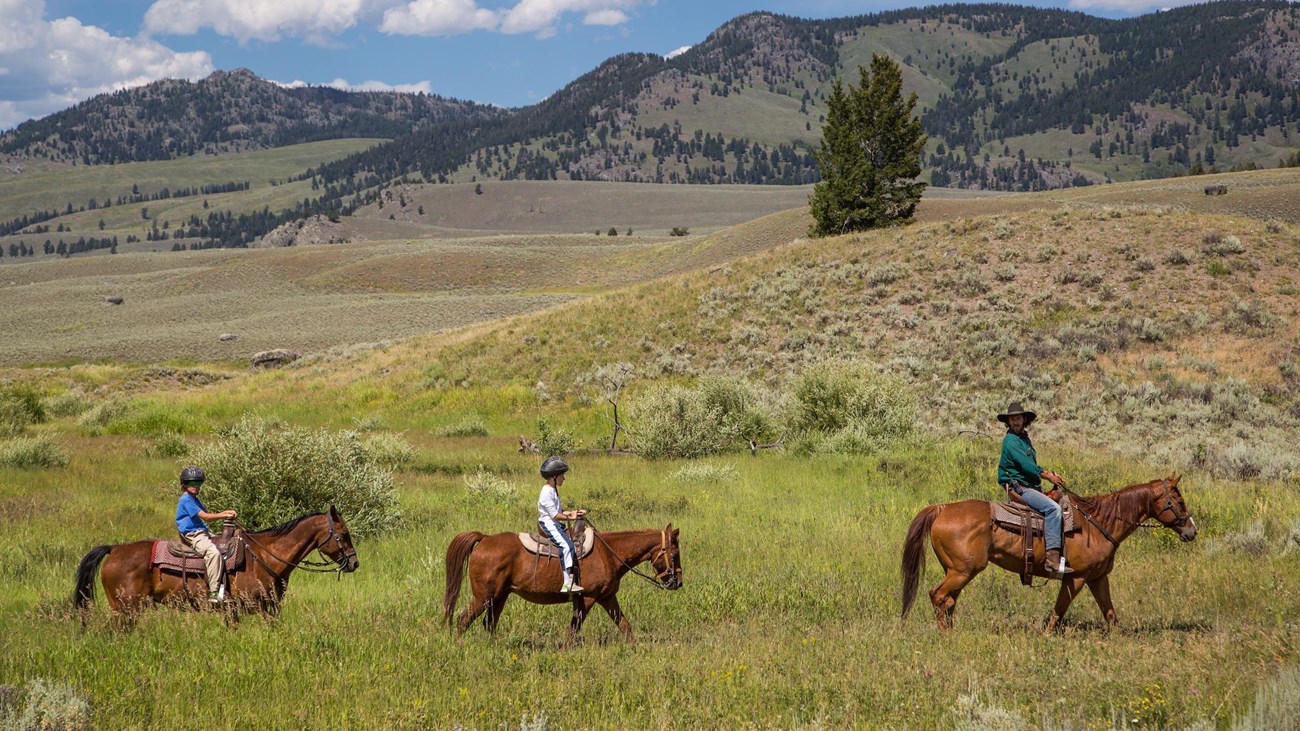Learning how to lunge a horse is a crucial skill for any equestrian enthusiast. It’s a terrific way to develop communication with your horse, improve balance, rhythm, and establish mutual respect. Whether you are a beginner or an experienced horse handler, lunging offers a tremendous opportunity to connect with your horse on a deeper level. In this unmissable guide, we’ll delve into the step-by-step process of lunging a horse, using approved techniques that can make your lunging sessions both effective and enjoyable.

Understanding the Concept of Lunging
Lunging is not just about exercising your horse; its a form of communication that requires trust and understanding between you and your equine companion. Essentially, it involves your horse working at the end of a lunge line while you guide it in a circle. The goal is to improve your horse’s obedience, flexibility, and focus.
The Importance of Lunging
Lunging offers several benefits including development of muscle tone, encouragement of natural movement patterns, and providing mental engagement for horses. Its a perfect way to exercise young horses and serve as a warm-up for more advanced training under saddle.
Essential Equipment for Lunging
Before you begin, ensure you have the right equipment. These include a well-fitted lunge cavesson or a bridle, a lunge line, a lunge whip, and appropriate footwear. Safety is also a priority, not just for your horse, but for you as a handler too.
Choosing the Right Gear
Your choice of equipment should be guided by comfort and security. For example, a properly fitting lunge cavesson can prevent slipping, ensuring better control during the exercise.
Step-by-Step Guide on How to Lunge a Horse
Now that you have your gear ready, let’s go through the lunging process.
Step 1: Preparing the Area
Select an area free of obstacles with soft footing to minimize the risk of injury. A diameter of 20 meters or more is ideal to give your horse ample room to move freely.
Step 2: Gear Up
Equip your horse with the lunge cavesson or bridle, attaching the lunge line to the designated ring. Ensure everything is secure but not too tight.
Step 3: Establish Control
Stand at the center of the circle and hold the end of the lunge line. Hold the lunge whip in the opposite hand. Your body language should be calm and confident. Begin with your horse facing you, maintaining light tension on the line for communication.
Step 4: Command for Movement
Using vocal cues and gentle pressure, ask your horse to move forward. Reinforce your command with subtle movements of the whip as necessary, ensuring it is used as a directional tool and not an instrument of fear or punishment.
Step 5: Monitor Gaits
Start with walking, then proceed to a trot, and if comfortable, introduce a canter. Each gait change should be executed smoothly, with clear and consistent commands.
Common Mistakes and How to Avoid Them
Being aware of typical lunging errors can enhance your practice. A common mistake is allowing slack in the lunge line, which reduces control. Always maintain a light tension for effective response from your horse.
Overusing Vocal Commands
Place emphasis on body language and physical cues over constant vocal instructions. This strengthens the horse’s capacity to respond to non-verbal signals.
Maximizing the Benefits of Lunging
To get the most out of your lunging sessions, aim for variety. Change directions, incorporate different exercises within the circle, and adjust the pace according to capability and progress.
Incorporating Ground Poles
Adding poles can encourage your horse to lift its feet, increasing difficulty and engagement. This approach enhances coordination and strengthens hocks and hind quarters.

Frequently Asked Questions
Here’s a quick look at some FAQs about lunging horses:
How often should I lunge my horse?
Lunging can be part of the regular exercise routine but should not replace riding. A few times a week, depending on your horse’s fitness level and training goals, is a reasonable frequency.
Can I lunge a young horse?
Yes, lunging is beneficial for young horses, helping them develop discipline and familiarity with basic commands. Start slow and increase intensity as they mature.
How long should each lunging session last?
A typical lunging session can range between 15 to 30 minutes. Longer durations can be taxing, especially for young or inexperienced horses.
For additional guidance, feel free to visit this resource on grooming. You might also find our guides on when to blanket a clipped horse and wrap a hoof abscess helpful.
Conclusion
Mastering how to lunge a horse offers tremendous benefits in your equestrian journey. It’s here that dedication and patience play a crucial role. Whether you’re seeking improved performance or developing a better connection with your horse, lunging is an approved technique that can yield remarkable results.